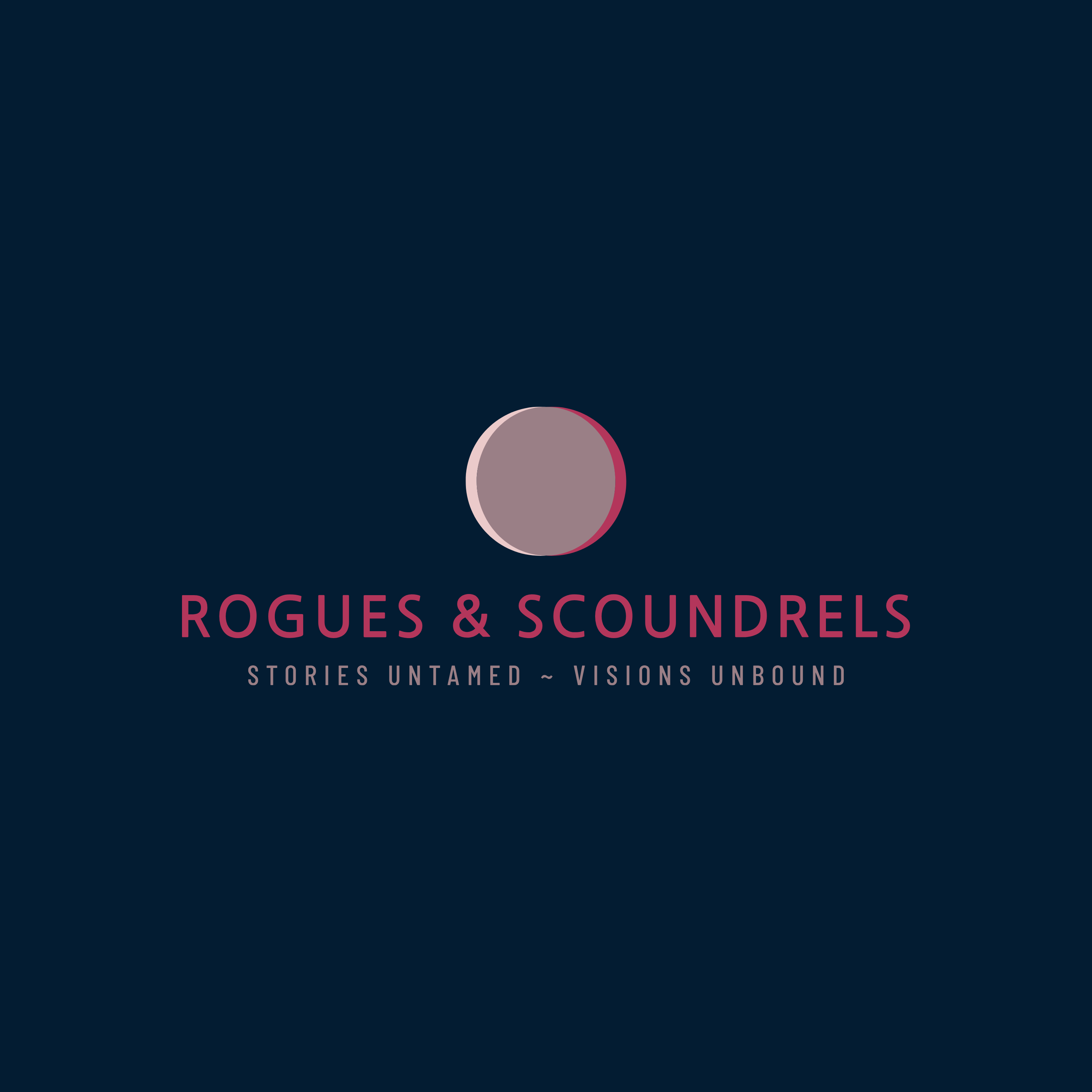Adapting Prophecy, Part II: How Recollections Shape Worlds
- Rogues & Scoundrels

- Mar 13
- 3 min read
Late Night Musings with Rogues and Scoundrels
The hour is indecent. The coffee has gone cold—or maybe we forgot we made it. Again. Our eyes are wide, unblinking, caught somewhere between insomnia and inspiration, and instead of sleeping like well-adjusted humans, we’re here. Musing. Spiraling. Writing.
Because storytelling doesn’t keep office hours.
So welcome to Late Night Musings with Rogues and Scoundrels—where thoughts swirl like plot twists at 2 AM, where screenplays get torn apart and stitched back together, and where we explore the beautiful, messy, gut-wrenching world of filmmaking and storytelling.
Settle in—but let’s not get dramatic, it’s a two-minute read. You won’t need a survival kit.
There’s something intoxicating about adaptation. Something maddening, too. You stare into the past, into someone else’s vision, and try to shape it into something new without breaking the bones of what made it special. It’s an impossible task, but we keep chasing it—because some stories don’t just deserve to be told again; they demand it.
Last week, we spoke about Displaced Person—Lee Harding’s eerily prophetic novel that saw a lonely, disconnected future before we even lived it. And something extraordinary happened.
You answered.
Your recollections poured in—from readers, film lovers, podcasters, and authors across the world. Our DMs lit up like a neon skyline, crackling with ideas, memories, stains on the soul.
We are, without question, indebted.
Because these stories—your stories—have shaped ours.
Recollections as a Screenwriting Tool
There’s an undeniable weight to memory.
What lingers from a book read decades ago? What stays etched into the mind after the final page turns? It’s never the plot alone. It’s the feeling. The shadow of an image. A turn of phrase that lodged itself in your subconscious and never left.
That’s why adaptation is an excavation, not a rewrite. We dig for those ghosts of the original—the details that won’t let go, the ones that matter. And this week, your insights helped us sharpen, refine, and illuminate those very moments.
Some of you tightened our action lines—your personal connection to Harding’s vision pushed us to be more precise, cinematic, and urgent.
Others honed in on world-building details—a texture, a tone, a specific image that had to be there.
And some of you sparked deep-dive conversations on stylisation—how to keep the late-’70s nostalgia intact while making it feel alive for a modern audience.
It’s a strange magic, isn’t it? That something written in one mind, decades ago, can ripple across time and influence the hands that reshape it now.
A Cult Classic Brought to Life—Together
There’s something deeply satisfying about seeing a beloved cult classic find new life. Not just in our hands as screenwriters, but in the collective memory of those who held it first.
It’s proof that stories never truly belong to one person. They evolve. They absorb the imprints of everyone who touches them. They become something bigger, something richer.
And this week, this messy, exhilarating, collaborative process has reminded us why we do this at all.
Because your words shape worlds.
So here we are—another step closer. Another page tightened. Another layer of the grey world made real. And we’re not done yet.
Keep your recollections coming. Keep haunting us with the moments you can’t forget. Because every note, every conversation, every stain on the soul helps us write the future—one frame at a time.
Follow Rogues and Scoundrels for more behind-the-scenes on adapting cult classics, cinematic storytelling, and the unpredictable adventure of independent filmmaking.




Comments